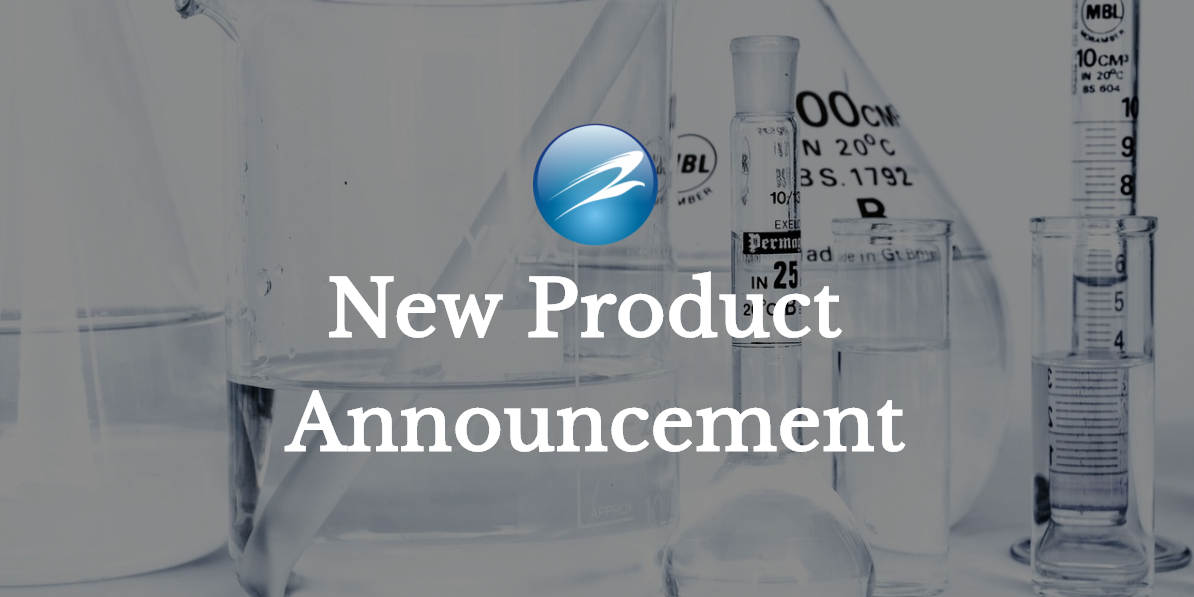
Eagle Biosciences is now offering a new Human VEGF ELISA Kit from Biomedica. The VEGF ELISA Assay Kit is intended for the quantitative determination of human VEGF in serum, EDTA plasma, and citrate plasma.
VEGF ELISA Highlights:
- DAY Test – results in 4.5 h
- High sensitivity – measurable values in both serum and plasma
- RELIABLE- rigorously validated according to FDA/ICH/EMA guidelines
- READY to use – calibrators and controls included
- EXCELLENT correlation to existing methods
- SMALL sample size – only 10µl sample / well required
Areas of interest:
- Cancer
- Metabolic disease (diabetes and diabetic kidney disease, diabetic retinopathy, obesity)
- Retinal Diseases
- Autoimmune & inflammatory disease (rheumatoid arthritis, psoriasis, psoriatic arthritis)
- Heart and cardiovascular disease
- Skeletal bone formation and bone repair
About VEGF
Vascular endothelial growth factor (VEGF or VEGF-A), is a growth hormone secreted by endothelial cells, fi broblasts, smooth muscle cells, platelets, macrophages, and many other cell types. It belongs to the cysteine-knot growth factor superfamily (1) and has a molecular weight of about 40 kDa. Currently, 17 different VEGF isoforms have been described to be expressed from one single gene. They are produced by alternative promoter usage/initiation or alternative splicing/proteolysis after protein translation. The N-terminal region is responsible for receptor binding and conserved among all VEGF isoforms. In contrast, residues of the C-terminus differ between isoforms and determine protein length and properties: binding to co-receptor Neuropilin-1 (NRP1) or to extracellular matrix (ECM), agonist/antagonist of angiogenesis. Most isoforms result from the common transcripts: VEGF111, VEGF121, VEGF145, VEGF165, VEGF189 and VEGF206. Additionally, a third VEGF variant (VEGFAx), that demonstrates pro- and anti-apoptotic properties, was described. Thus, vascularization is tightly controlled by the balance of various splice variants, their availability and concentration, whereas isoforms linked to the ECM constitute a reservoir of VEGF that can quickly be shed to circulating forms. One of the most potent pro-angiogenic isoforms is VEGF165a. After secretion, 50-70% of VEGF165a is attached to the extracellular matrix (via heparin binding site), the rest is freely diffusible. It is the most abundant isoform and enhances signaling over the VEGFR2 receptor by additionally binding to its co-receptor Neuropilin-1. VEGF A isoforms are glycosylated, homodimeric proteins. Two anti-parallel monomers are linked by intermolecular disulfide bonds whereas eight cysteine residues form a knot-like structure at one end of each monomer. However, heterodimerization with PLGF has been described as well.
